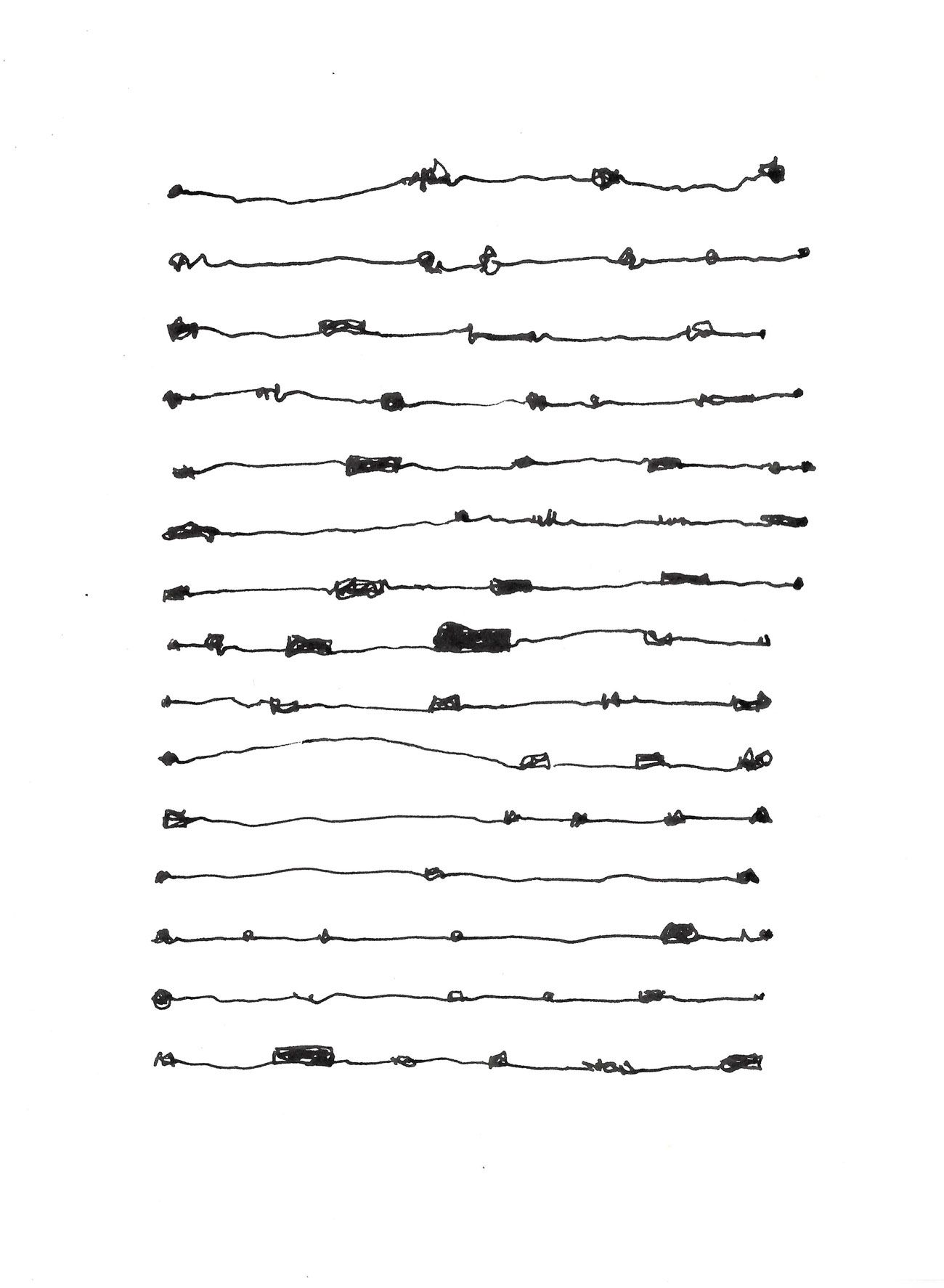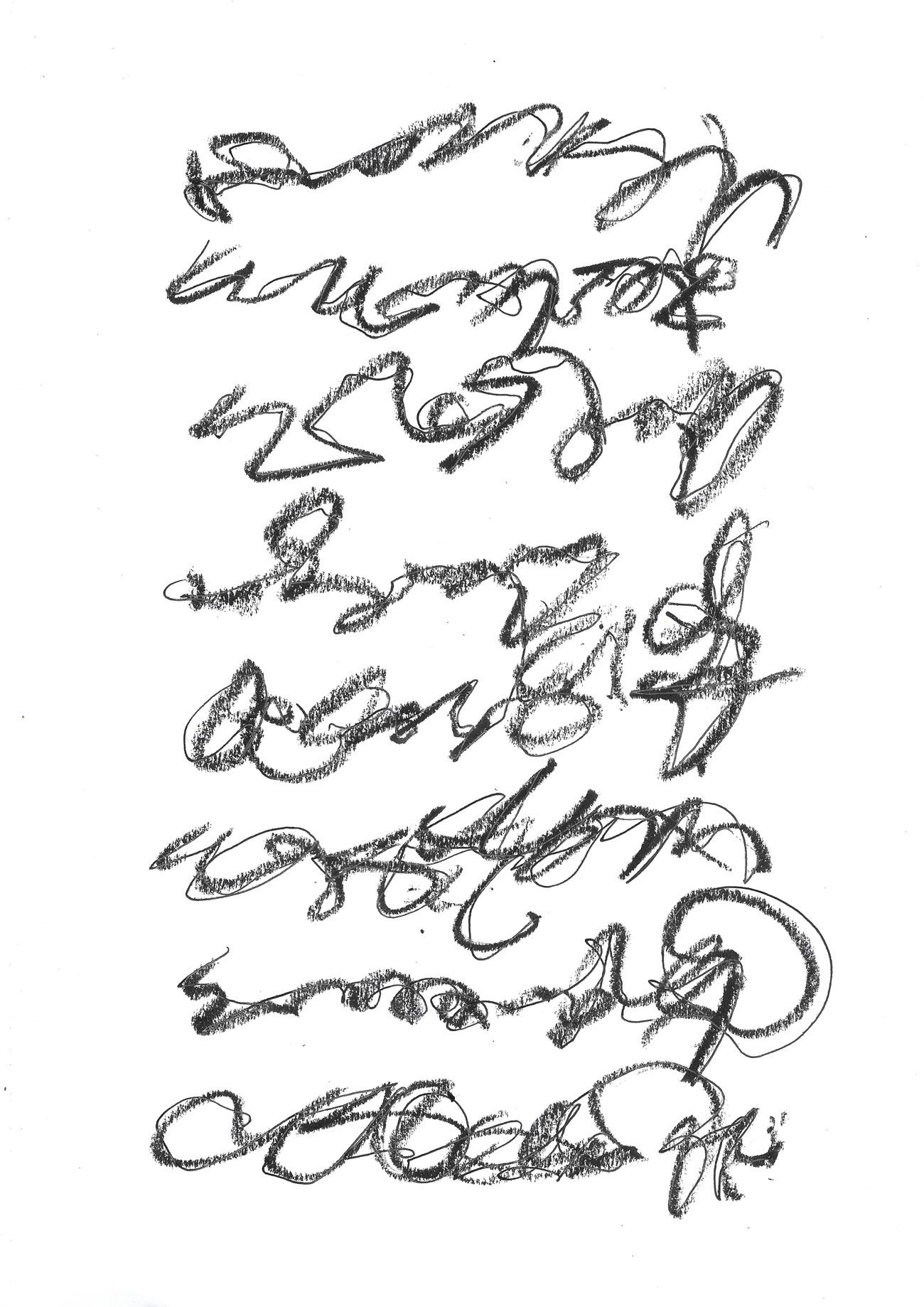STEVEN J FOWLER
2 AI collaborations and 9 asemic scribbles


I made myself a home in my stone hole in the middle of the large heap of stones, and I surrounded myself with scribbles, hieroglyphs, that were to announce the fact that I lived here by magic signs, by enchanted formulas with which I wanted to scare away the evil spirits of loneliness.
Peter Weiss Abschied von den Eltern (1961; The Leavetaking)









There is no poetic technique more consistently neglected than asemic writing. And that is saying something. And I should say neglected by poets, rather than artists or calligraphers. The practise of what might also be termed pansemic writing, abstract poetry, handwriting art, glyph poetry, is not only fundamental to any poetic exploration of the very practise of writing, the aesthetics of language and its material, but also is neurologically insightful. From writing therapy to doodling, the brain deregulates as the pen takes itself on a journey across the page and asemia is the result.
When I began my work as a curator, teacher and editor, as well as practitioner, I was able to find resources and lineages for concrete poetry, sound poetry, and all the means of poetry available to us, but very little asemic writing. It was the discovery of Michaux, Satie, Dotremont et al, over the pond, which then led me back to artists like Brion Gysin and Sue Williams. But there was no base for asemic writing. I believe if asemic writing gives us one thing, it is new eyes, and that if one looks closely, everything can be read, rather than seen. From the universe to the particle, from all things in nature and man-made, there is an abstract poem lurking.
SJ Fowler (2020)
David Spittle: Asemic Writing meaning nothing
An interview between Tom Jenks, editor of ZimZalla, and SJ Fowler, August 2020.